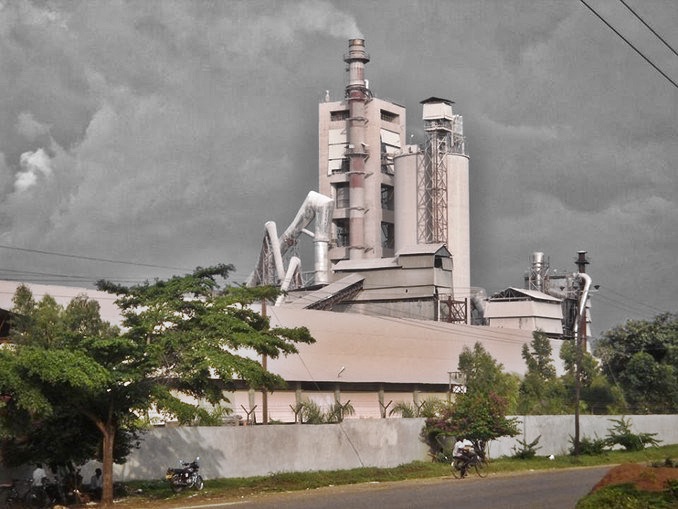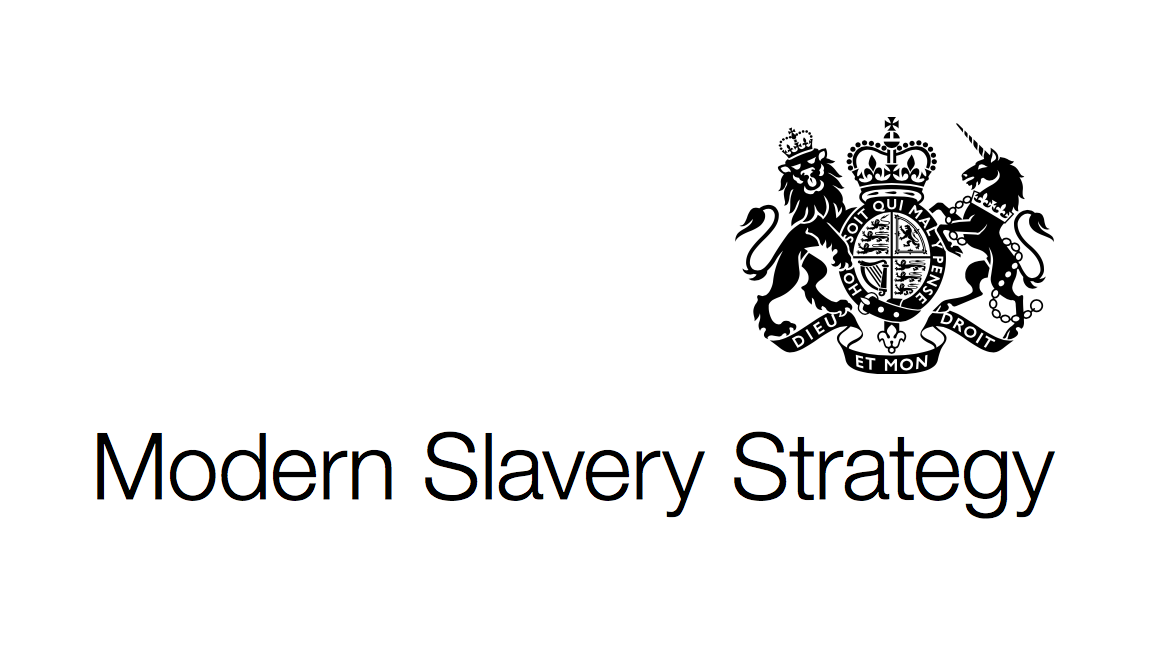For more than 10 years, LafargeHolcim and its suppliers benefitted from child labour among artisanal miners who supplied raw materials (specifically pozzolana, a volcanic rock) to the company in Uganda. Following a public scandal, including the publication of an article in the newspaperLe Monde in March 2016, LafargeHolcim stopped buying with artisanal miners and decided to work only with mechanised mines.
Bread for All (BFA) and its partner organisation in Uganda, Twerwaneho Listeners’ Club (TLC), carried out an investigation following this scandal. To assess the situation, we interviewed 54 informants over a period of six months. Our investigation found that:
- Until September 2016, according to several estimates, approximately 150 children worked in the quarries that were supplying pozzolana to Hima Cement Limited, the subsidiary of LafargeHolcim in Uganda. Hima Cement started buying pozzolana from artisanal miners in 1992, and child labour in the quarries had been confirmed since the early 2000s. We met 20 working children between the ages of 12 and 17 during our interviews. Many children who worked at the mines dropped out of school and did not go on to secondary school. Working in pozzolana quarries is hazardous: most children interviewed reported having experienced injuries(leg, hand, foot). They also reported that working in quarries has a negative impact on their health and physical development. This type of work is classified by the International Labour Organization (ILO) as “hazardous child labour.”
- In September 2016, the company decided to source only 10% of its material from artisanal miners and 90% from mechanised mines. In January 2017, Hima Cement announced it would completely stop buying from artisanal miners and it denied having had child labour in its supply chain. With this move, LafargeHolcim merely reduces its reputational risks without implementing measures to guarantee a decent future for children who were working in the quarries.
- Since Hima Cement stopped buying raw materials from artisanal miners, most of the children, who dropped out of school, lost their sources of income. The increased unemployment led to higher theft in the communities and also led to more school drop outs (as some parents who entirely depended on quarrying cannot afford school fees).
In this respect, LafargeHolcim does not meet the requirements of the UN Guiding Principles on Business and Human Rights (UNGPs), according to which companies should use their leverage on their suppliers to provide remediation in the case of negative human rights impacts.
- LafargeHolcim should work with its suppliers to implement programmes that enable former child labourers to return to school or receive vocational training in order to generate another source of income. After more than 10 years of benefitting from child labor in its supply chain, a company bears a huge responsibility. It seems that firms too often seek simply to reduce reputational risks for themselves while ignoring the need to provide remediation for victims of human rights violations.
- - Child labour is a complex issue but Swiss firms have to respect the rights of children in their supply chain. Dialogue and voluntary Corporate Social Responsibility measures, as promoted by the Swiss Federal Council in its January 2017 report on child labor, are not enough to get firms to fight child labour effectively. The LafargeHolcim case represents only the tip of the iceberg: other Swiss firms, such as Glencore or Nestlé, face the same challenges.






